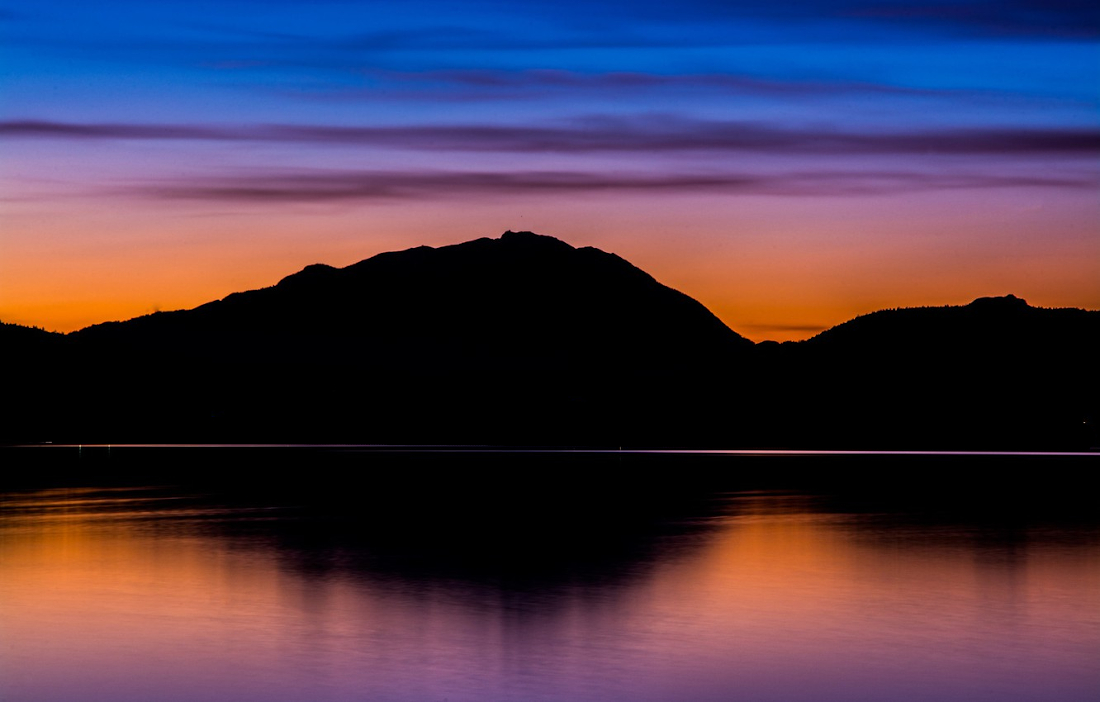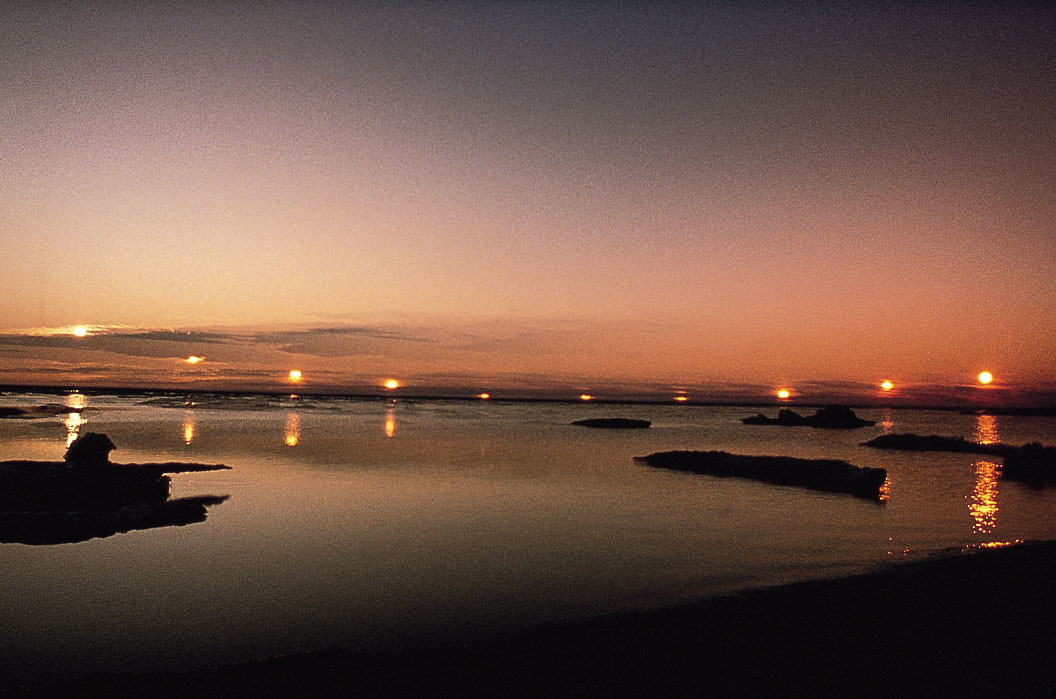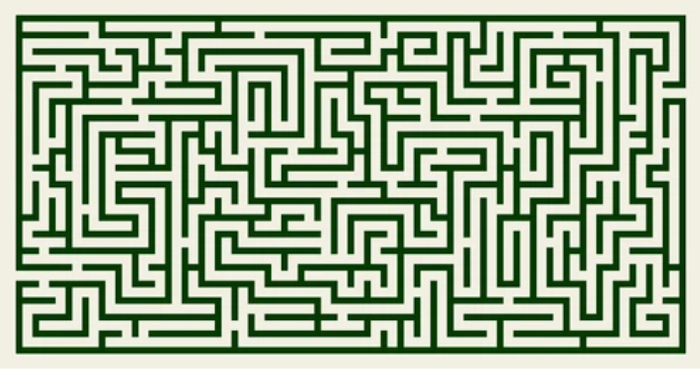
by Dr David, Editor / Publisher
Last Sunday, I wished a friend's eight year old daughter "Happy Equinox." She looked at me quizzically. I tried to explain. Had she noticed that there are more daylight hours in summer than winter? I drew a blank. Did she notice that the sun is setting later than it did a month ago? She looked skeptical.
When I lived in northern Vermont, 20 minutes from Canada, I noticed that summer twilights lasted longer than they did in southern New England. After sunset there was an additional lingering glow in the northwest, north of where the sun had set.
I knew that in summer the arctic sun never sets. It dawned on me that this post-twilight glow in Vermont was the same phenomenon, the Midnight Sun, seen at a lower latitude. It was the last rays of the sun finding their way northerly over the horizon.
The globe is not so fat as you move towards its poles. As you move north there is less north above you. (Walking around the world east to west at the North Pole is only a matter of a few steps.) At the North Pole, during summer (when the northern hemisphere is tilted towards the sun) there is no Earth between you and the sun, and so there is no night.

In Vermont, during the summer, there is still Earth between you and the sun, but there is less Earth than there is in southern New England. The sun does sink below the horizon, but with less globe to conceal it, its light disappears more slowly.
(The phenomenon happens in reverse along the equator where day dawns and night falls quite suddenly behind the widest girth of the planet.)
I knew enough not to go into any of this cosmology with my young friend, not the tilt of the Earth's axis nor even that we are spinning. I'm hesitant to go into it here. But, as I take everything to heart, her ignorance did get me thinking about what we adults do and do not know.

Science means "knowledge." But as this pandemic has shown, anyone trying to "follow the science" often treads a labyrinthine path, with wrong turns and dead ends. I'm not saying that we should stop trying, just that we should be less dogmatic, not so quick to condemn others who are exploring other ways. The greatest scientific discoveries come from mavericks, those who go against the scientific orthodoxy.
Socrates made a point of proving to people that we do not know what we think we know; that what we "know" is not so. Our worldview is imperfect, something we cobbled together. Science is also an approximation, a working model of reality.
The publication of The Structure of Scientific Revolutions (1962)changed the way we think about science. The book asserts that while science does progress by adding to accepted facts and theories, these periods of "normal science," are interrupted by periods of revolutionary science where new facts and theories emerge.
Rupert Sheldrake in his book The Science Delusion talks about this process gone awry, as so often it does: